Growth is now at 54kg DM/ha/day, meaning it has held firm for the last three weeks. Thankfully, this means the cold nights and shorter days haven’t had an impact on growth just yet.
At this time of the year, growth is never going to increase, but every day that it stays above 50kg DM/ha/day will come as a welcome boost to autumn grazing.
Last week, I wrote that passing the middle of September represented a key milestone in the autumn grazing planners, where grass covers should be at their highest point. Now that we are passed this point, the next task is to put a suitable plan in place to graze these covers.
Many farmers are now commenting at how quickly stock, in particular suckler cows, are grazing through heavy grass covers and speeding up in their rotation. This is surprising, however, as grass DM is now down at 14-15% while energy values are down between 15-25% compared to spring grass. To compensate for this, rotation length and target pre-grazing covers need to be looked at. Rotation length should be over 30 days at this stage, while target pre-grazing covers should almost be 1,300kg DM/ha if possible – covers lower than this will not last long.
While it is getting late in the day for spreading fertiliser, response from spreading now will still be 30% higher than spreading in a month’s time. Given the cool and damp conditions that are being experienced, urea would be the preferred option in terms of fertiliser, but CAN will suffice.
Looking at the west and north, the main concern now is ground conditions. Levels of rainfall have been very high in many western and northern counties over the last week and farmers in these parts say there is growing concern as to whether they will be able to graze the heavy covers that have been building over the last month.
On a positive note, one farmer pointed out to me that “we are already grazing six weeks later than last year” – we can be grateful for that.
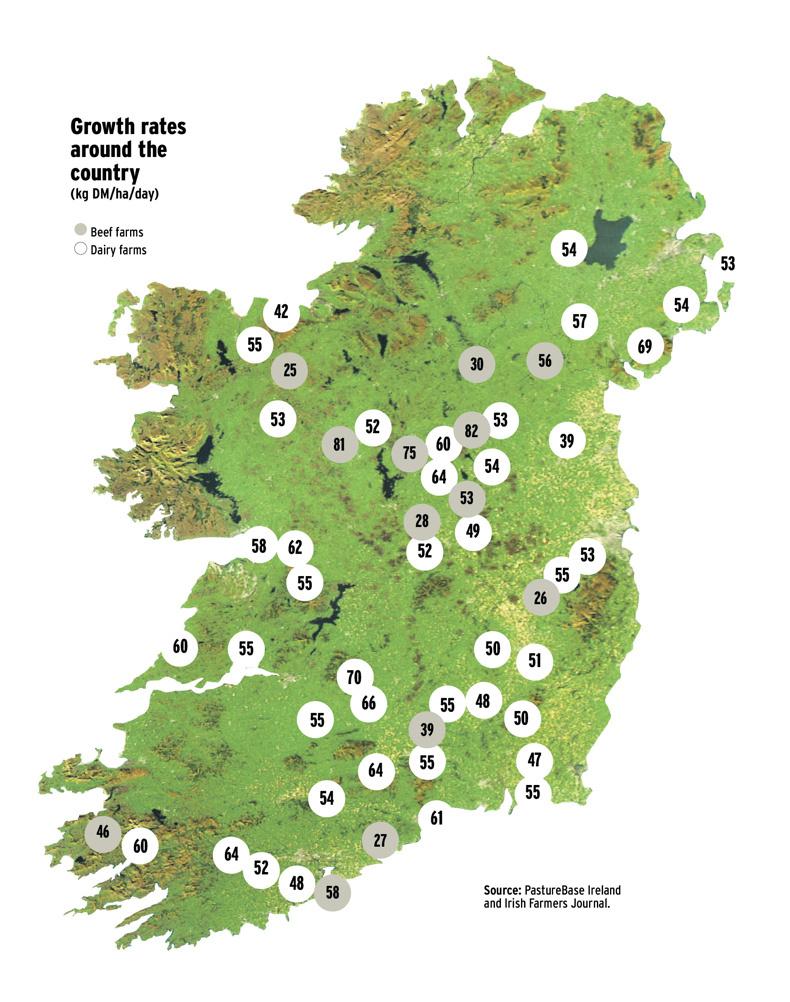

Read more
Grass +: growth higher than normal
Growth is now at 54kg DM/ha/day, meaning it has held firm for the last three weeks. Thankfully, this means the cold nights and shorter days haven’t had an impact on growth just yet.
At this time of the year, growth is never going to increase, but every day that it stays above 50kg DM/ha/day will come as a welcome boost to autumn grazing.
Last week, I wrote that passing the middle of September represented a key milestone in the autumn grazing planners, where grass covers should be at their highest point. Now that we are passed this point, the next task is to put a suitable plan in place to graze these covers.
Many farmers are now commenting at how quickly stock, in particular suckler cows, are grazing through heavy grass covers and speeding up in their rotation. This is surprising, however, as grass DM is now down at 14-15% while energy values are down between 15-25% compared to spring grass. To compensate for this, rotation length and target pre-grazing covers need to be looked at. Rotation length should be over 30 days at this stage, while target pre-grazing covers should almost be 1,300kg DM/ha if possible – covers lower than this will not last long.
While it is getting late in the day for spreading fertiliser, response from spreading now will still be 30% higher than spreading in a month’s time. Given the cool and damp conditions that are being experienced, urea would be the preferred option in terms of fertiliser, but CAN will suffice.
Looking at the west and north, the main concern now is ground conditions. Levels of rainfall have been very high in many western and northern counties over the last week and farmers in these parts say there is growing concern as to whether they will be able to graze the heavy covers that have been building over the last month.
On a positive note, one farmer pointed out to me that “we are already grazing six weeks later than last year” – we can be grateful for that.


Read more
Grass +: growth higher than normal





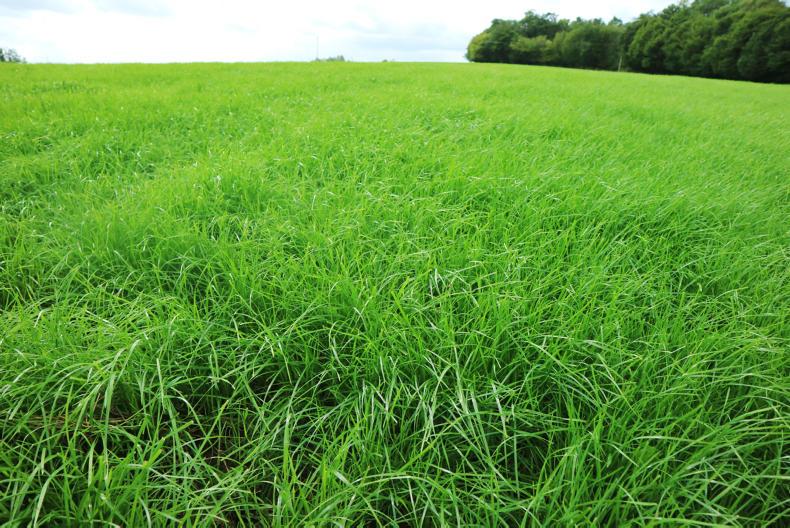

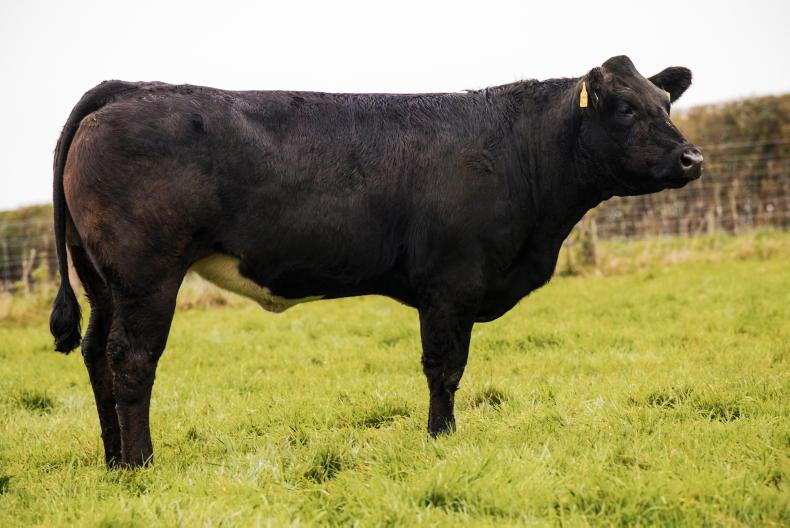

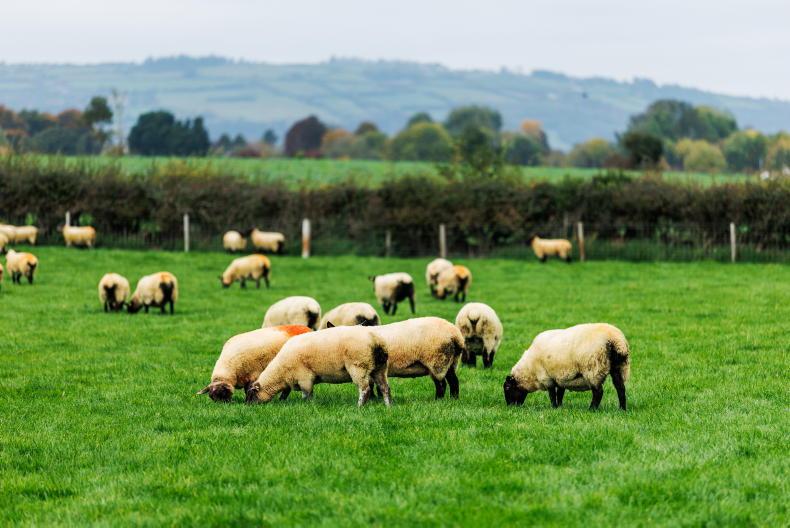
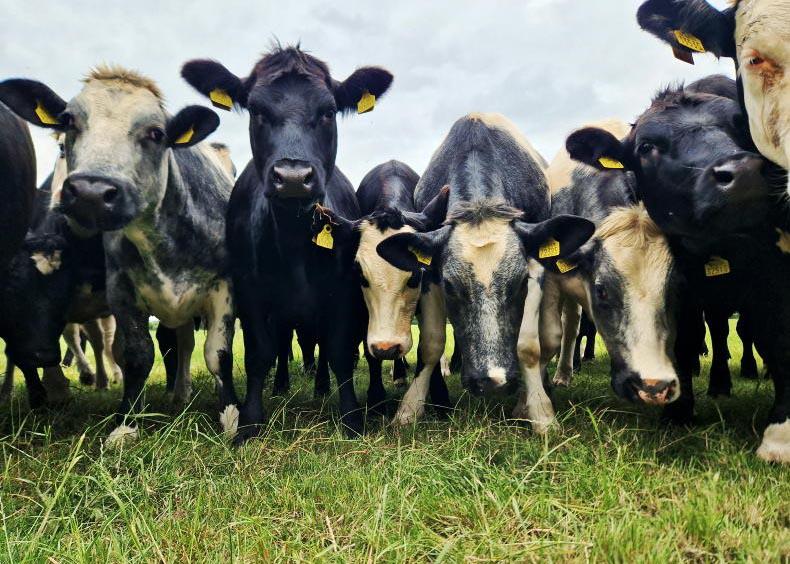
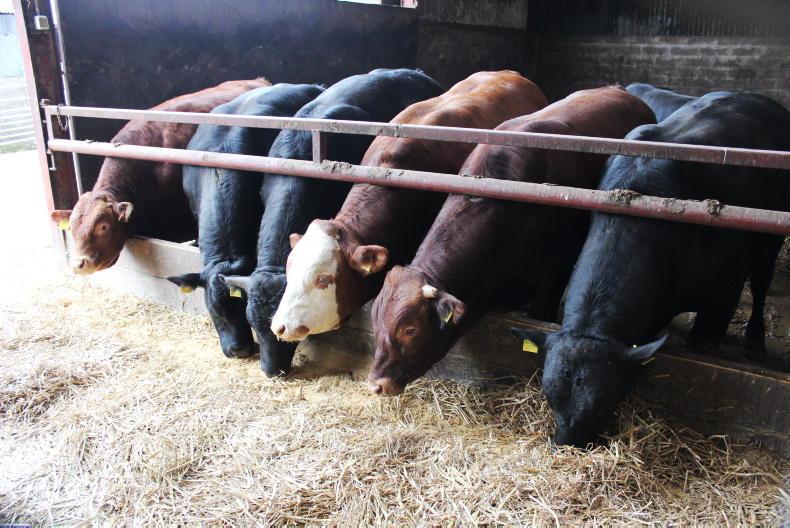
SHARING OPTIONS